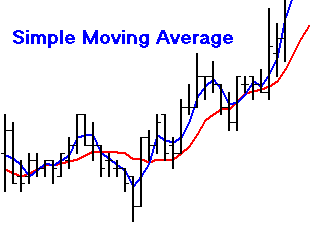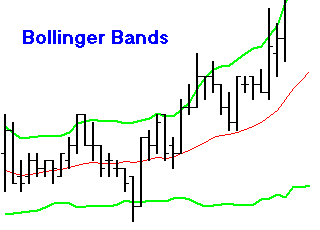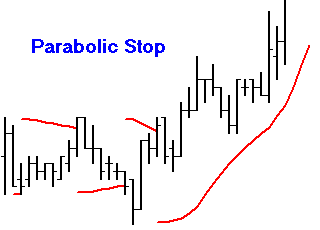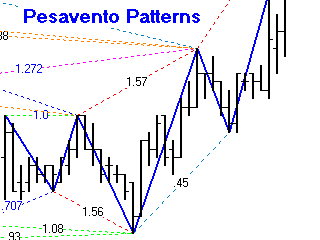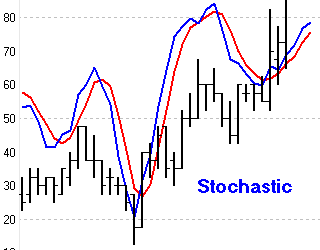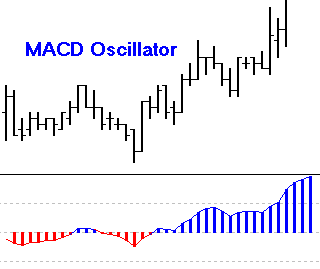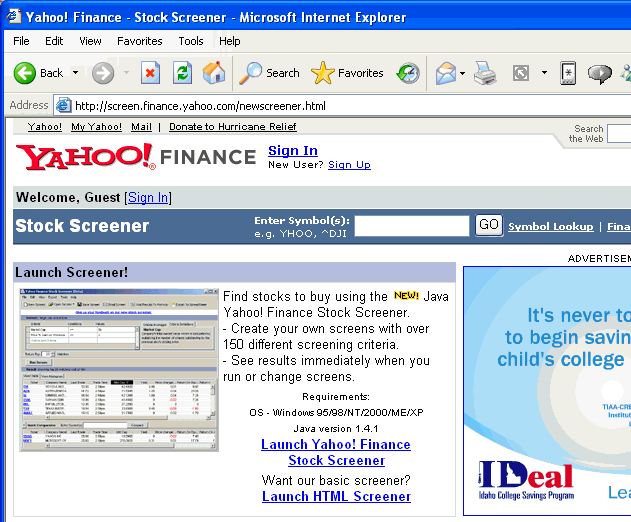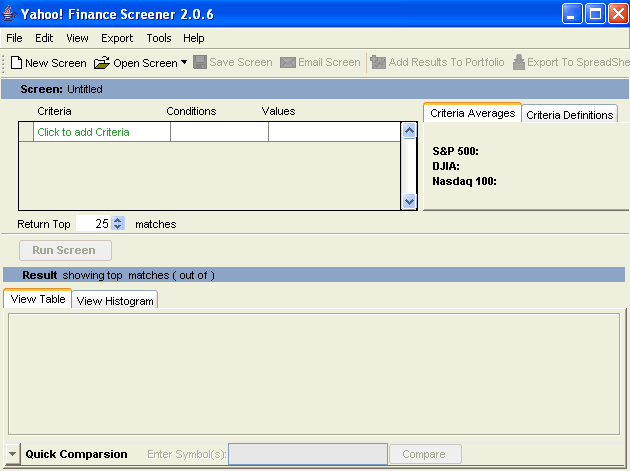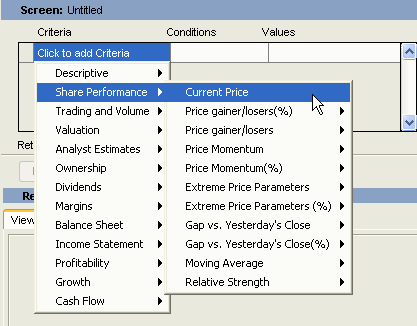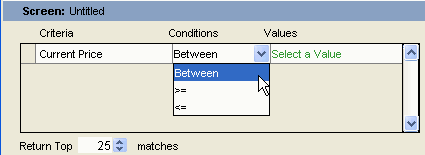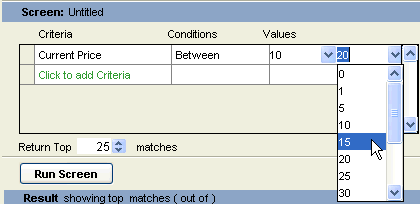by: Howard Arrington Studies are used by traders to give various visual indications of what the market is doing. Studies often serve as the basis for trading signals and trading systems. This article will attempt to classify studies by grouping those that have similar characteristics. Most studies process price data through a mathematical formula, thus making the study results '2nd generation'. Another common characteristic of studies is that the price data processed is a sampled set of prices instead of every price. The root of this characteristic is the fact that studies process bar data values, such as a bar's closing price. The bar itself can be a summary or grouping of many trade prices, yet it is only the last price in the bar that is processed by the mathematical formula. Studies can be divided into two basic classes, those that process prices to produce a new price, and those that measure momentum, or the rate of change in prices. In calculus terminology, prices are the curve and momentum is the first derivative or slope of the price curve. The following table lists several studies in groups under the two primary classifications. Several of the table entries are hyperlinks to other articles on the Ensign Software web site where you may read more about the study.
Group Characteristics:
Summary: After 25 years of working with the markets, I do not believe that there is a right or wrong answer as to which studies, parameters or draw tools work the best. Each one has its own merits, strengths and weaknesses. Each trader needs to determine whether the insight or clue provide by the study works for their trading style. Different trading styles is why what works well for one trader may not work at all for another trader. Various mentors have a favorite study, such as Woody likes the Commodity Channel Index study, Enthios uses Price Histogram, Buffy's style uses Stochastic, and Larry Pesavento uses the Pesavento Patterns and Pesavento Map studies. Studies speak to them in ways that empower them to make better trading decisions, and thus have an edge to trade profitably. The most innovative studies are those that attempt to predict the market in advance of it happening. Studies in this area typically involve neural nets and cycles to find rhythmic characteristics in the data set and use these rhythms to suggest the near term future. Please read the article on Pesavento Map for more information on predicting the future. Some traders use studies to help them decide when to enter the market or when to exit a position. Others value the studies they use for telling them when to stay out of the market. Nothing is right all the time. Studies which work well in trending markets typically are a disaster in choppy markets, and vice versa. Some studies, such as the Directional Movement Index, try to determine whether a market is trending or choppy, but inevitably lag behind in that determination. In other words, a study's determination that a market is trending is only made after it has been trending for a while, and the trend may soon be over. Therefore, traders rarely rely solely on studies. They also watch price action, chart patterns, divergence, support and resistance levels, and use various draw tools the most basic of which is a simple trend line. Trading Tip: by: Paul Otteson Yahoo is a leader when it comes to free market information. The Yahoo Finance web site has a stock screener with the ability to instantly screen thousands of stocks. To view the stock scanner, click on this link: http://screen.finance.yahoo.com/newscreener.html
Click on "Launch Yahoo! Finance Stock Screener" link. A window opens asking if you trust Yahoo. Click on "Yes" and the following window for the stock screener will show.
At this point you set your search criteria. The example illustrates doing a price search.
Click where it says "Click to add Criteria" then select the parameters from the many options.
Click Select a Value and pick values.
After setting the conditions and values, click the 'Run Screen' button.
This basic search yielded 1211 stocks having prices between $10-$20. Use the 'Click to add Criteria' to narrow your search. Rearrange the stocks by clicking on the columns of data. Save the sheet or create a new one using the menus at the top of the program. This stock screener is easy to use, fast, and another great product from Yahoo.com. This stock screener can be accessed from within Ensign Windows (Nov 2005 version) using menu Help | Stock Screener |
||||||||||||||||||||||||||||||||||||||||||||||||||||||||||||||||||||||||||||||||||||||||||||||||||||||||||||||||||||||||||||||||||||||||||||||||||||
